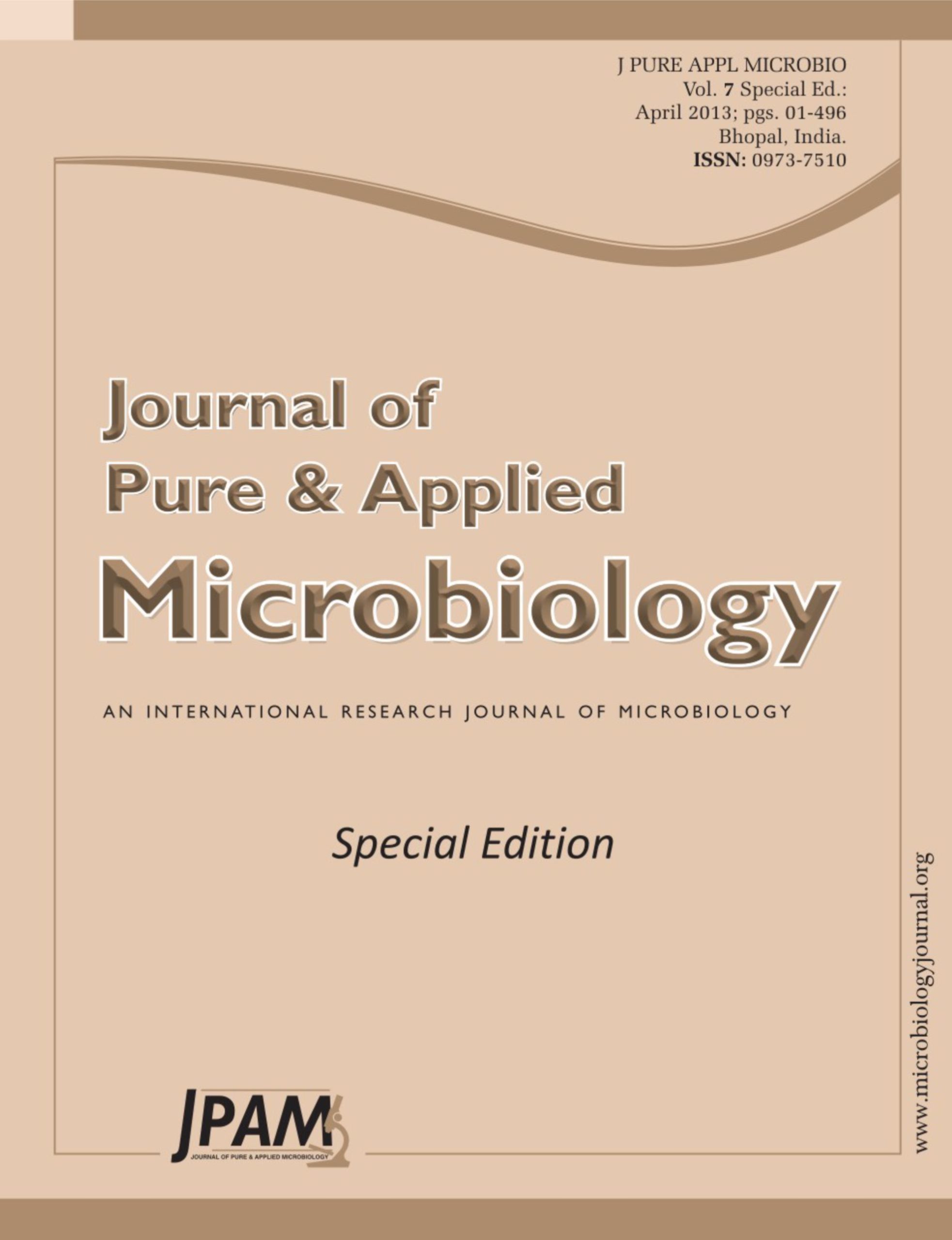Solute transport of chemicals, especially of heavy metal ions, in soil often causes unexpected groundwater contamination in China because of preferential flow paths. Consequently, there is interest in predicting the solute mobility in agricultural soils on the extensive Loess Plateau. In this study, the effects of different chemicals including a conservative anion (Cl–), a heavy metal ion (Cu2+) and a fertilizer ion (NO3–) on solute transport were studied in an undisturbed, saturated, silt loam soil column using a series of miscible experiments. Two controlled situations were applied: solute application method (small pulse. large pulse, duration pulse) and pore water velocity (slow 1.47 cm/h, fast 3.34 cm/h). The chloride transport process in the soil columns were simulated with two-flow region model. Results indicated that: (1) the breakthrough curves (BTCs) for different input methods varied greatly but bimodal pumps were present for both small and large pulse inputs. (2) the pump value appeared later with the increase in solute input time. (3) asymmetry and tailing of BTCs increased for the same input method when pore water velocity was increased. (4) pump values for the fast flow velocity were higher than those for the slow velocity for large pulse BTCs. (5) breakthrough time advanced with increasing pore water velocity, and was not dependent on the input method. and (6) shapes of BTCs for Cl– and NO3– were similar, showing both asymmetry and bimodal pumps but the pump value was notably different. However, Cu2+ behaved differently from the anions under the same input method conditions and its relative concentration was much lower. Both small and large pulse breakthrough curves could be accurately fitted by the two-flow region model.
Breakthrough curves, pore water velocity, solute application method, ions, two-flow region model
© The Author(s) 2013. Open Access. This article is distributed under the terms of the Creative Commons Attribution 4.0 International License which permits unrestricted use, sharing, distribution, and reproduction in any medium, provided you give appropriate credit to the original author(s) and the source, provide a link to the Creative Commons license, and indicate if changes were made.


